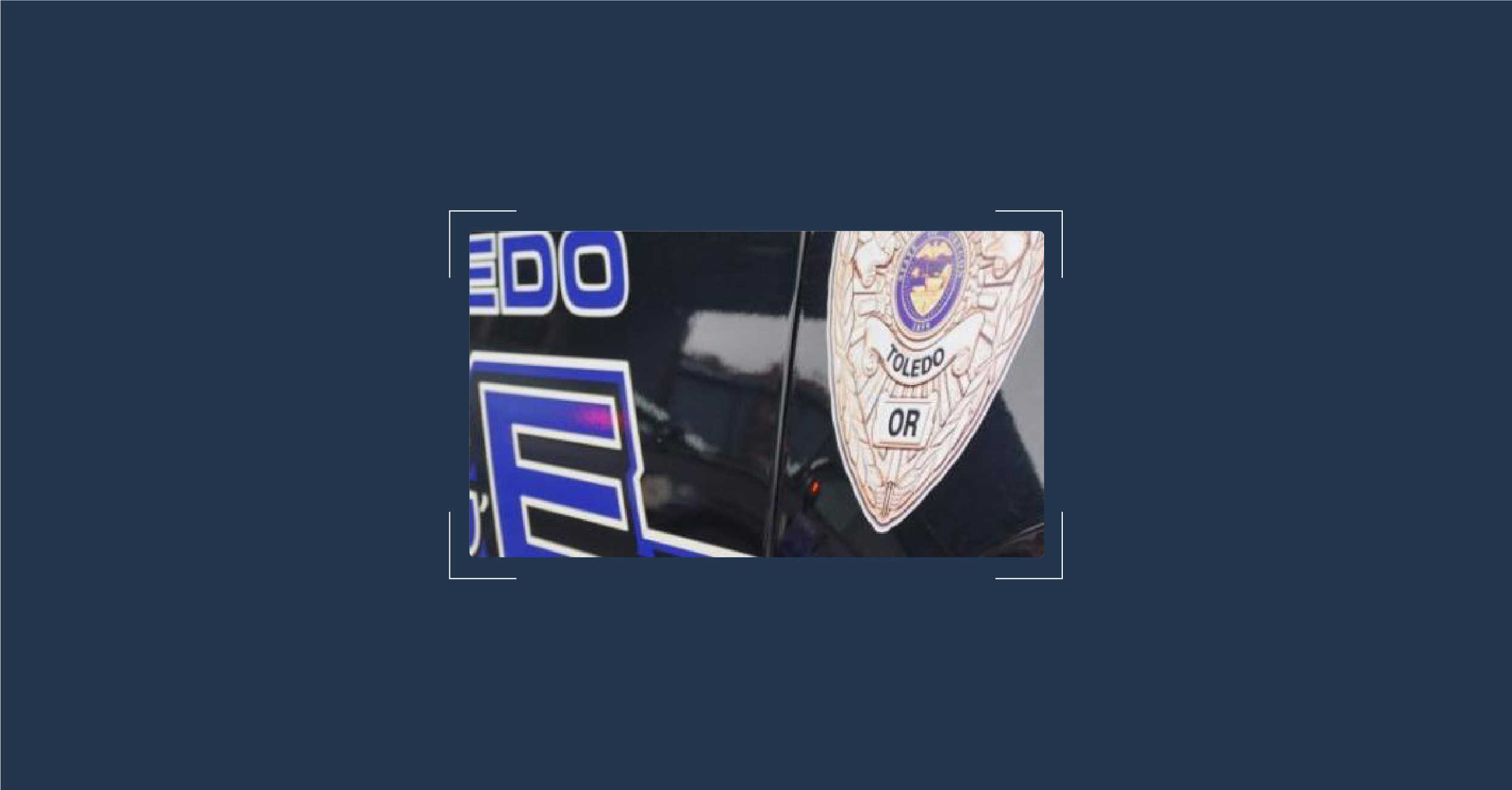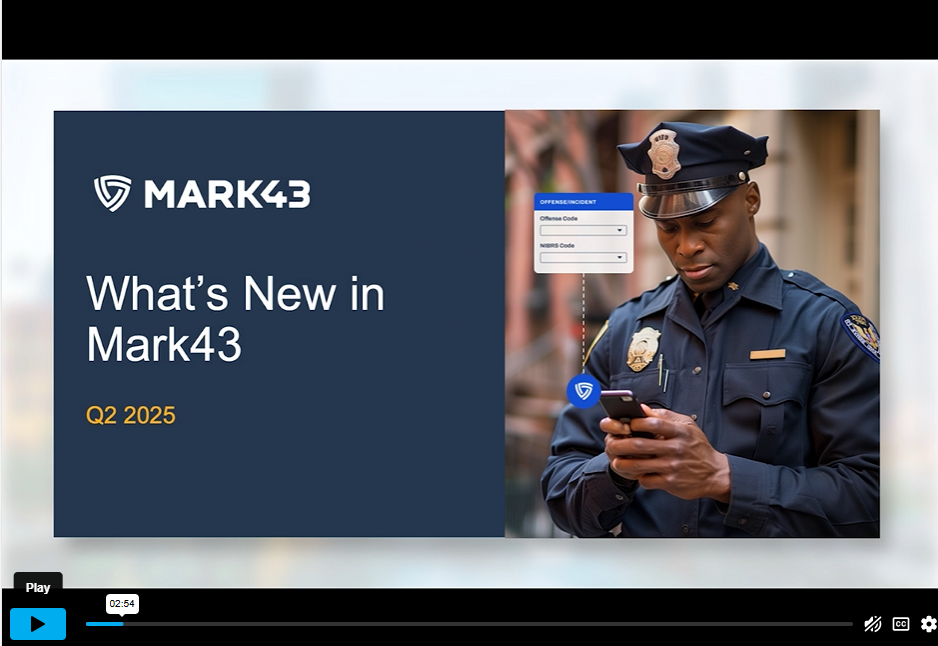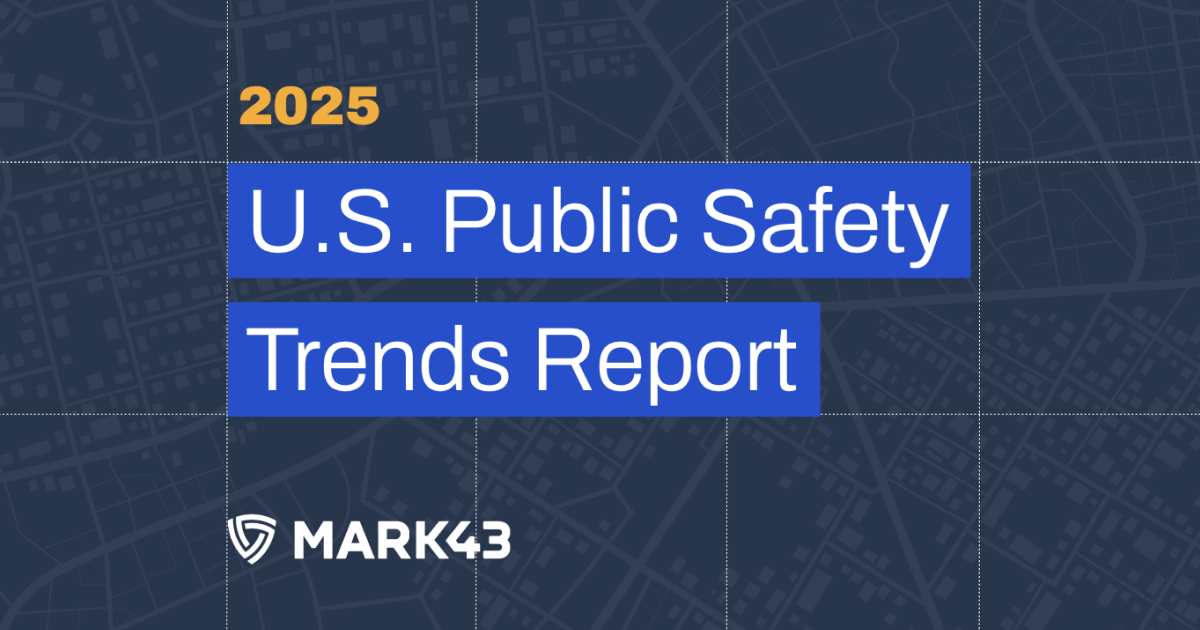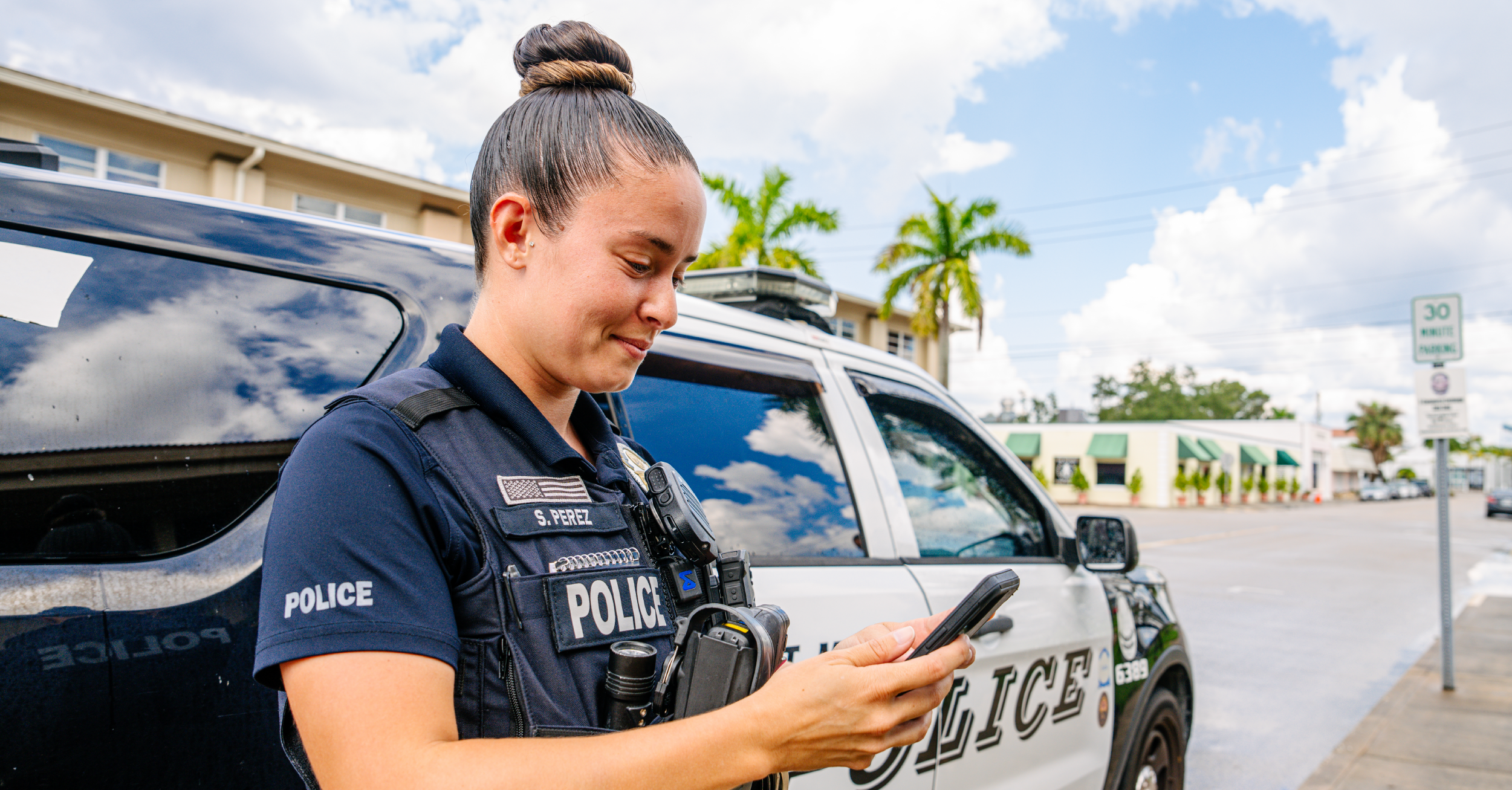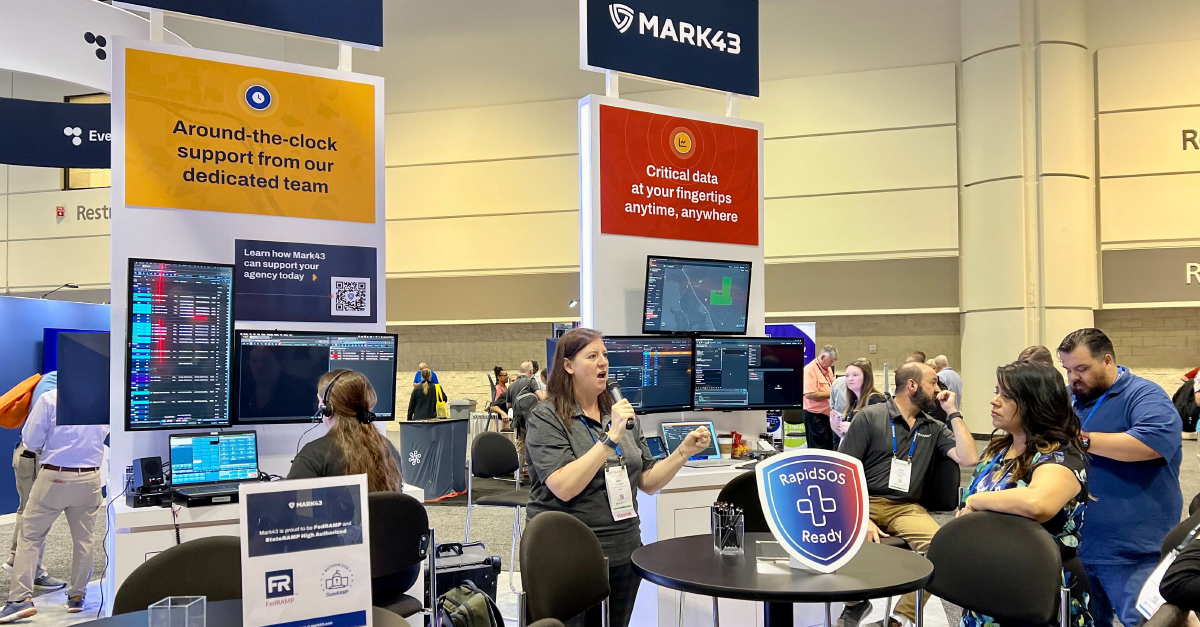
In 1968, the first 911 call was placed in Haleyville, Alabama. Establishing a single, unified number to route calls for any type of emergency was a policy breakthrough — but it took a mix of government agencies, industry associations, and technology companies to get it off the ground and gain nationwide adoption. Over the years, the technology improved, enabling Enhanced 911 (E911) components like automatic location identification for calls placed from landline phones.
Fifty years later, Uber can find you better than an ambulance can. What happened?
Unlike 1968, today we’re using cell phones to call 911. While the GPS technology that powers the apps we use to call a cab or order a pizza can pinpoint our location, current location technology for emergency calls was simply not built to keep up with the pace of innovation. As landline phone usage decreases, 911 centers receiving calls from cell phones rely solely on cell tower triangulation, which can only locate the individual within ¾ of a mile. Without an IP-based network, 911 centers lack more precise location information, which according to the FCC, could save over 10,000 lives each year.
The technology is out there. It’s just not getting to us at this point.
In a 2016 episode of Last Week Tonight, satirical news show host and comedian John Oliver captured the harsh life-or-death reality of outdated 911 technology. In replayed 911 recordings, the frustration was palpable as dispatchers struggled to retrieve locations of distressed callers. In a clip from a local news interview, a dispatcher recognized the disparity in the technology she used at home and what she used at work: “The technology is out there. It’s just not getting to us at this point.”
As product managers for Mark43 CAD, we continually think about how our software enables call takers, dispatchers, and first responders to serve their communities efficiently, effectively, and safely. A lot of our job is spent researching and learning how to navigate existing regulations and requirements, while still future-proofing anything we build for what’s yet to come.
We are particularly aware of and excited by the coming improvements made possible by Next Generation 911 (NG911), a government-planned initiative to upgrade 911 centers to an IP-based network that will improve call location accuracy and provide the ability to relay digital information, such as photos, videos, and text messages, from cell phones.
While NG911 holds much promise, it still requires wide government, industry, and technology buy-in and not to mention, significant changes in the operations of over 7,000 Public Safety Answering Points (PSAPs) nationwide. Here are some of the main challenges stalling the progress of NG911:
Government Bureaucracy
The National Emergency Number Association (NENA) first proposed the NG911 project in 2000, and since then, industry coalitions like NextGen 911 have joined on with the goal to have fully-funded, end-to-end IP-based networks operational in all 56 U.S. states and territories by 2020. Despite the strong industry momentum, government buy-in and funding is critical to making this goal a reality. In 2013, 27 states received federal grant funding to upgrade their PSAPs; five years later, most of these implementations are held back by uneven fund distributions and standards across states. Looking back to 1967 and the various White House commissions that pushed for nationwide adoption, a solution to slow-moving bureaucracy likely lies with executive-level budget attention.
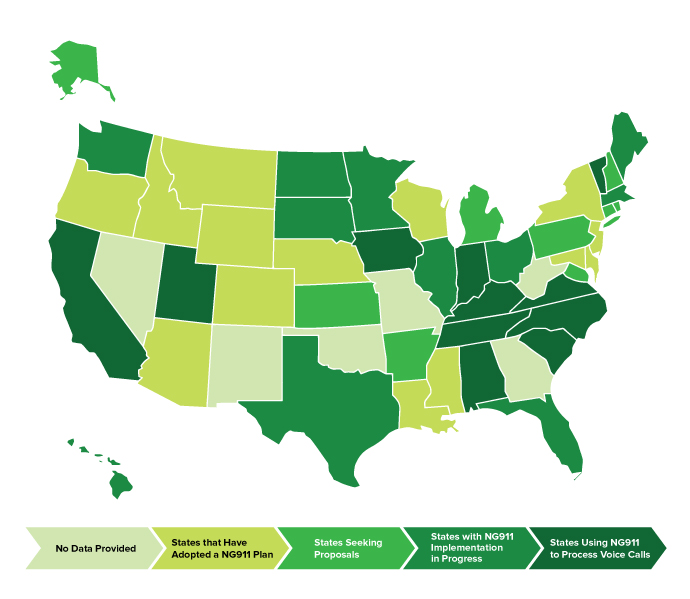
NG911 Progress Snapshot Across the U.S. Now Available. (2016).
Fee Diversion
You’ve probably noticed a “911 Service Fee” appear on your phone bill. State governments in New York, Illinois, New Jersey, New Mexico, Rhode Island and West Virginia have tragically raided these funds meant for 911 improvements, and diverted the money to fill other government budget gaps. The siphoning of funds has contributed to widespread understaffing in 911 dispatch centers, which forces emergency calls to be put on hold and causes additional workplace stress for dispatchers. Two FCC Commissioners recently penned an op-ed about this fee diversion scandal and the steps they’ll be taking to mitigate it.
Carrier Compliance
Government is not completely to blame, as there are aspects of NG911 that are still waiting on development from telecommunication and technology companies. The FCC mandated years ago that all phone companies have at least one technically feasible approach to meet “text-to-911” compliance. However, not all phone companies have complied yet. Telecom carriers claim that the lack of uniform equipment and processing standards can cause NG911 technical roadblocks, and landline phone companies claim they can’t retire all their old copper wired networks due to customers’ reliance on them. Meanwhile, and most troubling, some mobile carriers claim they can’t meet their text-to-911 obligations due to a lack of requests for digital interconnection from PSAPs. An unfortunate chicken and egg situation.
So, Does Anyone Have NG911?
Despite the roadblocks to implementation, there are incredible success stories even in the infancy of NG911. Here are a few examples of industry-leading innovation that we’ve discovered in our research:
- The state of Maine successfully completed a $32 million NG911 implementation project in the summer of 2014, already saving taxpayers and the state $1 millon less per year in operating costs compared to the legacy emergency communication system.
- A five-year text-to-911 pilot program in Frederick County, Maryland soon plans to expand to the rest of the state. With all mobile providers supporting text-to-911 in the county, the next phase of the project will also move towards establishing an Internet-based network for increased location accuracy.
- FirstNet, the first nationwide broadband network solely for public safety communications, received commitments from all 50 states ahead of their opt-in deadline. AT&T recently announced the second phase of the project build.
- Working with PSAPs in Texas, Tennessee, and Florida, Google began testing technology that uses a combination of Wi-Fi, cell tower, and GPS data to locate individual 911 cell phone callers.
No matter where you are located, you should feel confident that the call takers, dispatchers, and first responders in your community have the best technology possible to keep you safe. While John Oliver’s sketch was able to bring attention to 911’s current shortcomings in a humorous way, it’s no laughing matter knowing that the technology required to fix these problems is well within our grasp. While the exact future and implementation of NG911 is still being sorted out, Mark43 will be ready and committed to work with our customers to incorporate new and emerging technologies into our platform.
Pamela Yau and Tim Haefele are product managers for Mark43 Computer Aided Dispatch. They research, scope, and determine technical requirements for cloud-based software tools that enhance the speed and and performance of emergency response.


